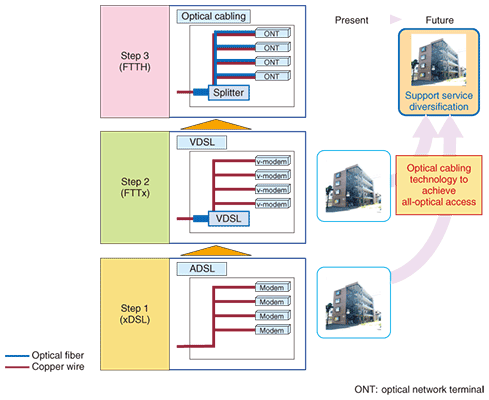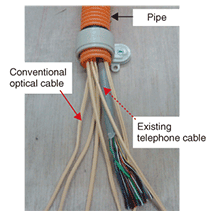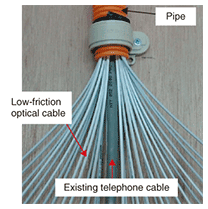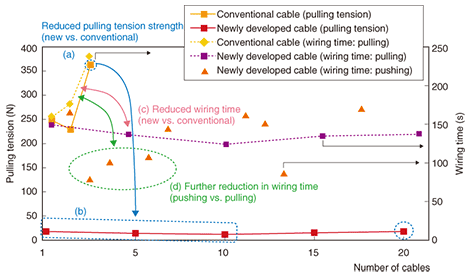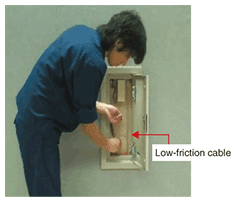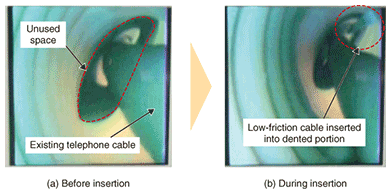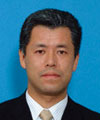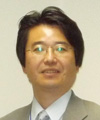 |
|||
|
|
|||
|
Letters Vol. 7, No. 9, pp. 24–29, Sept. 2009. https://doi.org/10.53829/ntr200909le1 Development of New Optical Wiring Technology for Multi-dwelling Unit BuildingsAbstractThis article describes new optical wiring technology developed for multi-dwelling unit buildings, such as apartment buildings, where broadband service is currently provided using the very-high-speed digital subscriber line (VDSL) scheme over existing metallic telephone lines. With Next Generation Network services progressing, new optical wiring technology is required to provide all dwellings with optical access. Our new optical wiring technology utilizes unused space in existing pipes (conduits) containing cables.
1. IntroductionIn Japan, broadband service for multi-dwelling unit (MDU) buildings, such as apartment buildings, condominiums, and student dormitories, was initially provided via the asymmetric digital subscriber line (ADSL) scheme over existing metallic telephone lines. The next step was to provide high-speed broadband service via the very-high-bit-rate digital subscriber line (VDSL) scheme. However, if we are to supply these dwellings with high-definition video and stable quality of service suitable for the Next Generation Network services that have already become mainstream, it would be better to install an optical fiber cable to each residence and provide fiber-to-the home (FTTH) service (Fig. 1).
There are two methods of providing MDUs with FTTH service. One involves utilizing the unused space in existing pipes (conduits) containing telephone cables, and the other involves using newly installed pipes. However, the installation of new pipes creates cost and time problems, so FTTH service to MDUs is currently provided to only a limited number of newly built ones. The key to providing all MDUs with FTTH is the effective utilization of unused space in existing pipes. When a conventional indoor optical fiber is installed alongside existing cables, the friction drag is high, and the pulling tension limit may be exceeded when several conventional cables are inserted into a pipe (Fig. 2). If the pulling tension exceeds the limit, the part connecting the pulling cable and pulling wire breaks. Moreover, existing cables might be dragged along with the pulling cable. Therefore, careful attention must be paid to cable installation. Furthermore, it will be very difficult to remove a cable from a pipe if required in the future, so we must also pay careful attention to maintenance requirements.
2. New optical wiring2.1 Development targetThe development target is to install indoor cables in all dwellings by utilizing the unused space in pipes containing telephone cables without exerting any adverse effect on existing cables. In addition, the mechanical, environmental, and work characteristics of the new and conventional cables should be the same. 2.2 Development ideasThe development involved two main ideas: (1) smaller-diameter optical cable and (2) low-friction cable. As shown in Fig. 3, the number of cables that can be inserted can be increased if the new cable has a smaller diameter than the conventional cable. However, there is a limit to the possible reduction because small-diameter cables are more difficult to handle, so it is also necessary to reduce the cable friction. The pulling tension F is expressed by F=µ•N•K, (1) where µ is the coefficient of friction, N is the normal force, and K is the pipe occupation ratio. We examined how to reduce the friction on the basis of this equation. As a result, we derived the best coefficient of friction for a given pulling tension while avoiding cable wear-out or the need to disconnect existing cables.
2.3 Developed methodTo avoid inducing any loss of strength or cable jacket wear-out when making the cable thinner, we selected a high-strength polyolefin material mixed with a low-friction material to obtain a coefficient of friction about 1/5 of the conventional value and gave the cable surface the optimal rugged structure (Fig. 4). Moreover, the cable structure was designed to have about half the conventional cross-sectional area and to be flat to make it suitable for insertion into a pipe. With conventional cable, a lubricant is used during installation to halve the coefficient of friction. Nevertheless, the new non-lubricated cable has even lower friction, which shows the dramatic degree of improvement in friction reduction.
To better understand the coefficient of friction, we also developed a new system for measuring dynamic friction. The conventional friction measuring system can be used under only certain conditions, for example when the object to be measured is a sheet and the maximum pulling speed is about 0.83 cm/s. This is quite different from actual field conditions, where the object to be measured is a flat cable and the pulling speed is 30–40 cm/s. Therefore, the conventional measuring system does not give accurate measurements that reflect the field conditions. What we needed was an accurate dynamic friction measuring system that could be used under field conditions. Our new system can measure the best cable material in terms of low friction and rugged structure. 2.4 Evaluation of cable insertionEvaluation results for our new cable insertion approach are shown in Fig. 5. We were able to pull the cable with about 90% less tension than usual (Fig. 5(a)). The pulling tension was much lower than for the conventional cable even when the number of inserted cables was higher (Fig. 5(b)) because the new non-lubricated cable slides more easily than the existing lubricated cable. We were able to insert 30 cables (data not shown). The time taken to perform the wiring was about 20% shorter than that with the conventional approach (Fig. 5(c)). Furthermore, it was possible to remove the new wires without affecting the existing cables because the low friction characteristics were durable.
2.5 Further improvementsWe have also established an alternative wiring method that involves pushing the cable into a pipe instead of pulling it using a pulling wire (Fig. 6). The field worker performing the installation can select either the pulling or pushing method according to the circumstances. To make this possible, we optimized the cable’s stiffness to make it suitable for pushing. The wiring time was about 1/3 less than for the conventional method when the pipe condition was good (Fig. 5(d)). This is because the new insertion method requires only one step instead of the four steps required for the conventional method.
Step for new method (1) Pushing the cable. Steps for conventional method (1) Inserting a pulling wire into a pipe. (2) Connecting the pulling wire to the cable. (3) Pulling the pulling wire. (4) Disconnecting the pulling wire from the cable. 2.6 Future possibilitiesThe pushing method may make it possible to insert a cable into a damaged pipe, such as one with a dent, that prevents the insertion of an additional cable by the conventional method. There are cases where it is impossible to insert another cable into an existing pipe using the conventional method but possible using the new method. An example is shown in Fig. 7. Here, a low-friction cable was successfully inserted into the unused space next to an existing telephone cable even though the pipe had a dent.
3. Concluding remarksThe new approach that we have developed lets us use a low pulling tension and perform safe insertion while achieving the same performance as with conventional cable. The new cable can be inserted in any dwelling and removed without affecting existing cables. Furthermore, a pushing method has been developed by optimizing the cable’s bending stiffness. FTTH is better for the environment than VDSL because it consumes less electrical power and thus causes lower CO2 emissions. Our new method should lead to the replacement of VDSL by FTTH. It was introduced by NTT EAST and WEST in December 2008. |
|||








